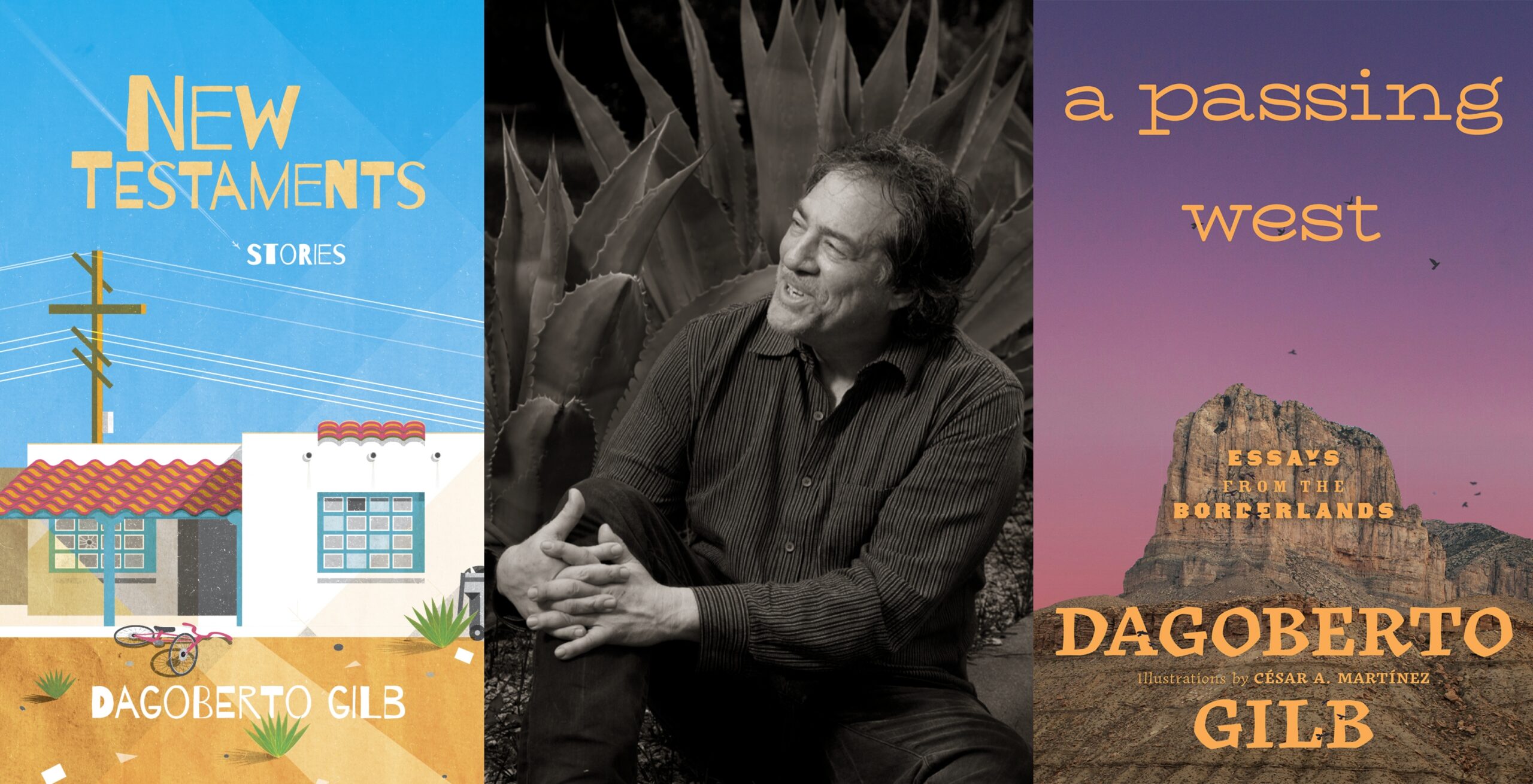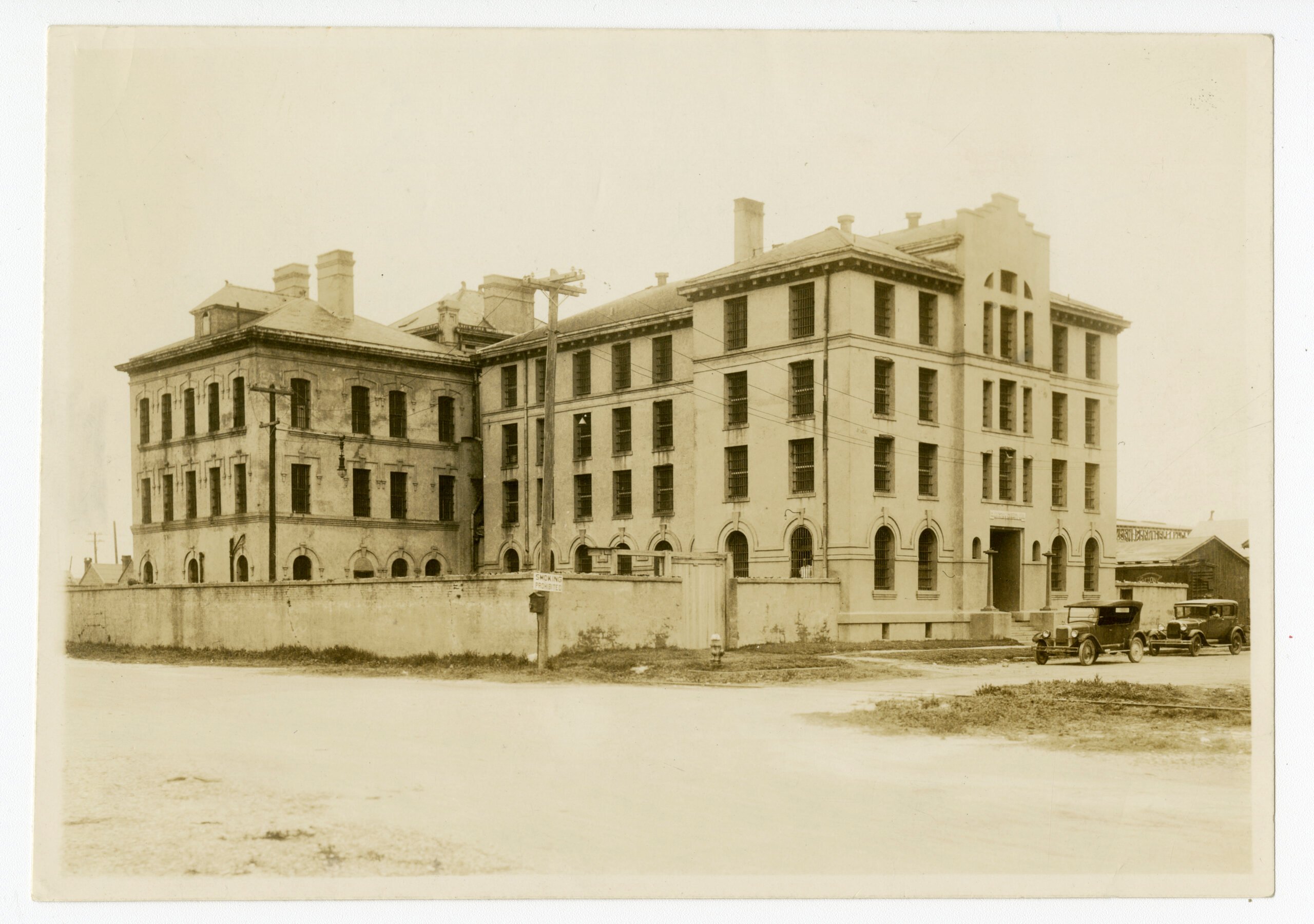Molly’s Existential Car Quest
Having recently seen the play, Red Hot Patriot: The Kick-Ass Humor of Molly Ivins, I’ve gotten to thinking about parts of her life that haven’t been chronicled and never need to be, but what the heck. I could just as easily write about her wardrobe or her pets, but this essay is about her vehicles.
As best I know, only one got an obit (“In Memoriam: The Tank—1960-1971,” Observer, Aug. 13, 1971). When Molly came to Austin to join me as an editor of The Texas Observer in 1970, she had this rusty Mercury that didn’t go in reverse. She had used it as a reporter in Minneapolis and brought it with her when we lured her home to Texas, because, she said, she didn’t have enough money to buy another car. But she repeatedly coughed up the dough to give Aamco one more shot at installing a transmission that would make The Tank go backward.
We were each getting $7,200 a year from the Observer, plus a seventy-five-cent-a-meal expense account for out-of-town trips, so we had to watch our pennies carefully. But Molly could have gotten a new car loan. I am convinced she kept The Tank as long as she did because it inspired great stories.
To extricate The Tank from the Observer’s tight parking lot at 24th and San Antonio, Molly had to push and drag the car until it was pointed out. Fortunately, Molly was very, very strong and could do this by herself in good weather. And many interesting people came to her rescue on the road.
As she wrote, “Over the years I first met many of my best friends while pushing The Tank backwards. Of course, I lost a few friends through The Tank—those who could never master the correct rear-end-against-the-hood-and-shove technique—and assorted swains who were exacerbated by the birth-control bar—but on the whole, The Tank was the greatest friend-maker I ever knew.”
The Tank incinerated itself on July 17, 1971, at the corner of 15th and Guadalupe.
For the rest of her life, Molly experimented with a variety of rolling stock, trying to figure out what a car could say about her. About the time we moved the Observer to 600 W. 7th St., Molly bought a new muscle car. I don’t know how she settled on a Pontiac Trans Am at least six years before the movie Smokey and the Bandit debuted. She was always a trend-maker. But it was hard to get in the damn thing because it was so low-slung. The clearance also caused problems at campouts. People tell me mud once got up to the door handles but I can’t swear to it. And insurance costs extra because most Trans Am owners were reckless young males.
Molly may have driven a sensible Toyota for a time. The next car I definitely remember is Phil, the Lincoln Continental she bought to cruise the West as The New York Times’ Rocky Mountain bureau chief. It fit her large frame and she liked it enough to bring it back to Texas when she went to work as a columnist for the Dallas Times Herald. On some occasions, Molly was a luxury lover. She owned all the best French cookware. Besides, I bet the Times paid for Phil.
Phil became the vehicle of choice for our road trips. It could comfortably embrace five or six people in its leather seats, and it had a slight English accent when it gave spoken warnings. I remember when Molly and I and a couple of other friends drove Phil to the Rio Grande Valley to visit lawyer Shelia Cheaney, who was nursing her ailing mother in Pharr. By then Phil had become a worrywart, particularly about his window-washer fluid. Out of the blue every once in a while, Phil would announce, “Your washer fluid is low. Your washer fluid is low.” We checked, but the fluid level was just fine. Nonetheless, Phil harped on that throughout the excursion. “Shut up, Phil,” we shouted in response.
Phil was justified in occasionally remarking about the doors, since at any given time one might not be completely closed. But plain English was not good enough for Phil. No, he had to say, “Your door is ajar. Your door is ajar.”
Molly returned to Austin in 1985 as a columnist. She had been working for the Times Herald but was causing too much trouble based in Dallas, so she was banished to the one place in Texas she really wanted to live. When the Times Herald croaked, she joined the Fort Worth Star-Telegram and later she became independently syndicated. Austin said “truck” to Molly. So she bought Truck Bob, a bright green full-sized pickup. She didn’t need a working truck very often, but she reasoned that somebody would always need to borrow it. Before she got cancer, Molly would help move things. I remember one time she carried a new refrigerator up my front steps by herself. We had a friend named Pratt who moved things for a living and he was in awe of Molly.
Phil had been semi-well-maintained, but Truck Bob got no respect. Molly bought running boards to make it easier for Athena, her standard poodle, to climb up and ride shotgun. Truck Bob transported us to the Big Bend Ranch State Park, where a day-long quest to find the ancient collapsed dome named El Solitario gave Truck Bob some of his worst scratches. I’m not sure we ever saw El Solitario, since the ranch is nothing but brown rock. But Athena’s passenger-side running board was gone when we got back to ranch headquarters, where we were staying with a haggle of liberal lawyer friends.
Molly’s final car was a Toyota Prius. I thought of this as her “worthy” car, akin to the Observer stories that we called “worthies.” Worthies typically had headlines that began “Whither” (you can fill in the rest of the headline: the environment, democracy, the Legislature, whither whatever). The Prius really was a spiffy car, and Molly loved it. She and her brother Andy and his wife Carla bought some very raw ranchland outside London in Kimble County, and Molly drove out there most every weekend to tend to their handful of cattle. Thus the Prius became a ranch car redolent of hay bales, manure, wet dog and mud. Although it didn’t smell very good, the Prius drove like a dream. Molly also had her own four-wheeler at the ranch, which she drove as fast as it could go. She said it brought out her “inner biker chick.”
What possessed Molly to try all these different vehicles? I think each expressed some aspect of herself. And as long as she lived, Molly never stopped experimenting.
Kaye Northcott was an Observer editor from 1967 to 1976, and later edited Texas Co-Op Power magazine. She lives and writes in Austin.


